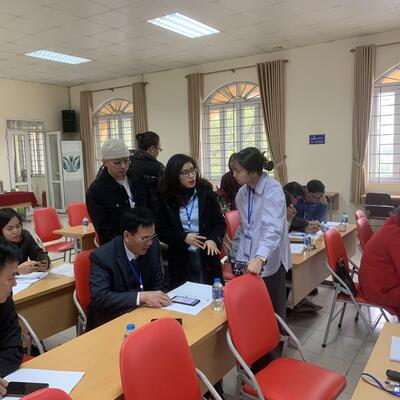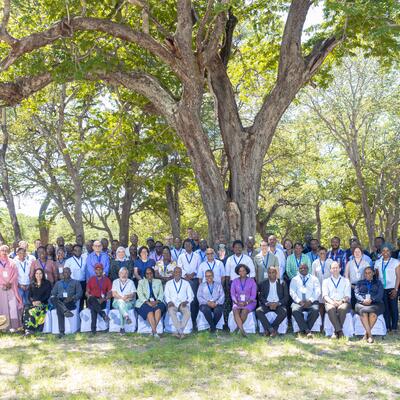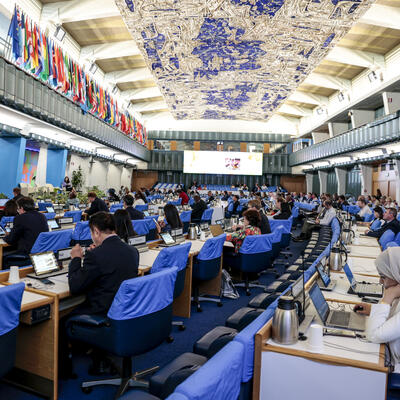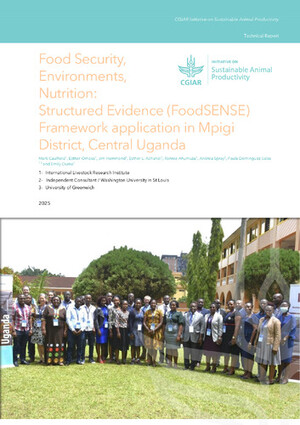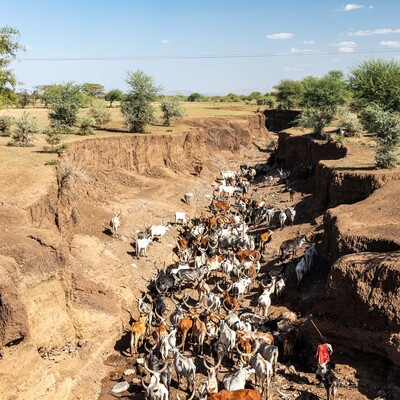
Recent progress and future priorities for greenhouse gas emissions from livestock in Africa
Ruminant livestock are essential for livelihoods of millions of people in Africa. However, African livestock systems are threatened by climate change due to increased heat stress and reduced feed for animals, among others. At the same time, livestock also contribute to climate change and are the main source of greenhouse gas (GHG) emissions in many African countries, thereby exacerbating the problem. For this reason, many African governments have prioritized reducing GHG emissions from ruminant livestock in their national climate change goals. To meet these goals, African countries need better information on GHG emissions from their livestock systems, but research on these emissions has so far been limited and not been assessed comprehensively.
To fill this information gap on livestock GHG emissions, researchers at ILRI’s Mazingira Centre and a team of international collaborators comprehensively reviewed all published studies on GHG emissions from livestock systems in Africa. The study assessed the current state of research and made recommendations for future research priorities to reduce uncertainties in livestock GHG emissions.
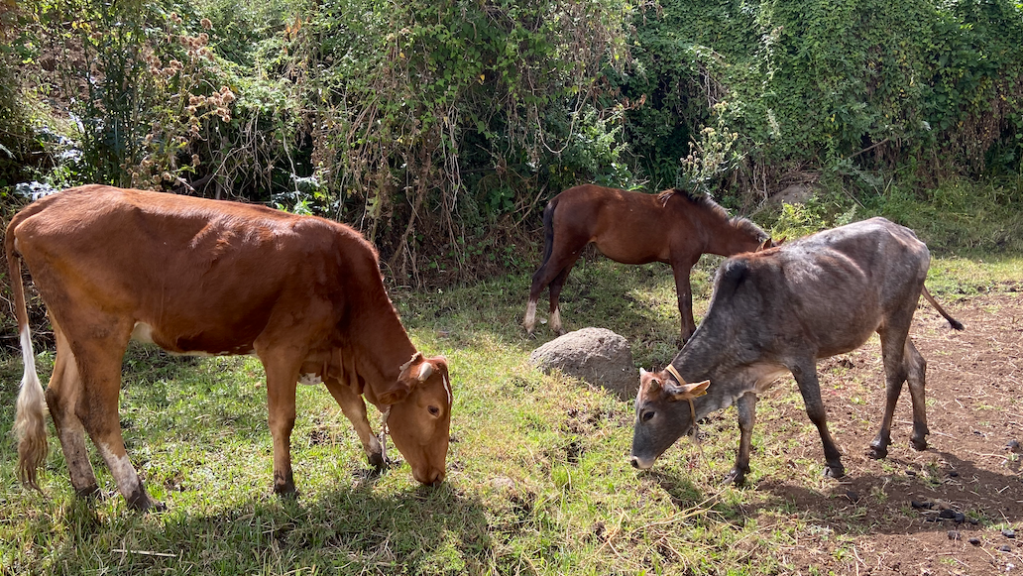
Livestock grazing on smallholder farm near Debre Birhan, Ethiopia (photo credit: ILRI/ Michael Graham).
The study found that while some progress has been made on research on GHG emissions from livestock systems in the last few years, there are still large gaps that need to be filled before GHG reductions from livestock can be implemented in most African countries. Research has thus far mostly focused on emissions of enteric methane produced by ruminants such as cattle, sheep and goats. Methane is a potent GHG produced by ruminants during digestion of food through enteric fermentation. We found that methane emissions from cattle during enteric fermentation were 15% lower than previously reported, which could indicate that cattle in Africa have a lower impact on the climate than expected. On the other hand and partially offsetting this, sheep and goats had higher methane emissions than previously reported for Africa.
In addition to enteric methane from the animals, manure from livestock can also contribute to climate change by releasing both methane and nitrous oxide, which is another GHG even stronger than methane. Emissions from manure depend on whether manure is in the form of urine or dung, as well as whether it was deposited directly on grazing areas, applied as fertilizer, or managed for storage. Although there was less research on manure than on enteric emissions, we found that nitrous oxide emissions were 29% lower than prior estimates for dung deposited while grazing and similar to other estimates for urine deposited while grazing. Interestingly, manure applied as fertilizer had much N2O lower emissions (-97%) compared to prior estimates. Nitrous oxide released from manure heaps and overnight livestock enclosures (“bomas”) was lower or similar to prior estimates, but this was based on only three studies.
With respect to future priorities, research on manure emissions has been minimal; more information is critically needed on manure quality and emissions from different management practices. There are also major research gaps on livestock GHG emissions for West Africa, agropastoral/pastoralist systems, and small ruminants. Furthermore, there were only three studies on interventions to reduce GHG emissions from ruminant livestock, even though trials of locally appropriate interventions for improving animal productivity (i.e., meat and milk) while reducing emissions are essential for meeting Africa’s climate change mitigation goals. These research goals could be facilitated by greater cooperation within the research community and between researchers and African governments.
Overall, recent progress in research on GHG emissions from livestock in Africa has shown that emissions may be lower than reported elsewhere, but major data gaps still exist. More research and coordination will be required to move from basic research to applied research aimed at reducing emissions and improving animal productivity to meet Africa’s climate goals.
Download the full study: Research Progress on Greenhouse Gas Emissions From Livestock in Sub-Saharan Africa Falls Short of National Inventory Ambitions
Support for this study was provided through Mitigate+: Research for Low Emissions Food Systems. This research was also conducted as part of the CGIAR Initiative Livestock, Climate and System Resilience, which is supported by contributors to the CGIAR Trust Fund. We would like to thank all funders who supported this research through their contributions to the CGIAR Trust Fund.








